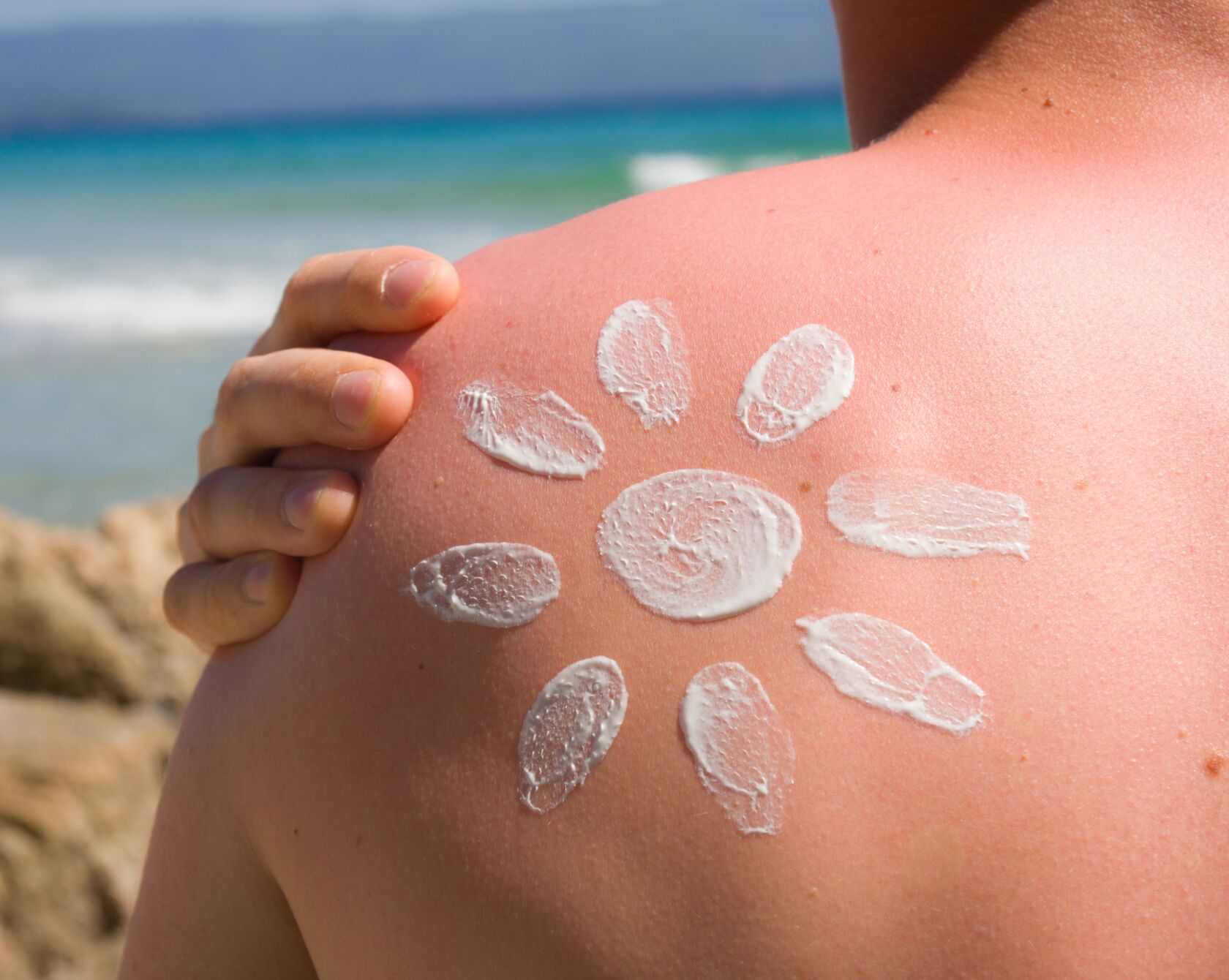White skin cancer (spinocellular carcinoma and basal cell carcinoma) and black skin cancer (melanoma) are very common in Switzerland. Despite advances in treatment, malignant melanoma in particular is a life-threatening disease. This makes sun protection and the rapid assessment of skin changes all the more important.
In spring, many people long for sunshine. The mountains, the lake or the balcony invite you to enjoy the sun. Especially when the temperatures are not yet so high, you don’t even notice that the UV radiation is already intense. If the sunscreen is missing or its sun protection factor was too low, sunburn can quickly occur. Sunburn or reddening of the skin due to excessive sun is not just unpleasant. UV rays can cause lasting damage to the skin and lead to malignant changes in skin cells – skin cancer.
Switzerland occupies a top position for skin cancer
Both white and black skin cancer are very common in Switzerland. Every year, 30,000 new cases of white skin cancer are recorded, plus 3,000 new cases of malignant melanoma. The figures have been rising for years and are high by global standards. The reason for this is thought to be the leisure behavior of the Swiss, with many outdoor activities, but also the opportunity to travel to sunny countries all year round.
Melanoma is the most common type of cancer in young women
White skin cancer occurs mainly in older people and rarely forms metastases. These tumors often develop over many years, especially on areas of the body that are constantly exposed to the sun. White skin cancer is usually removed surgically.
In contrast, black skin cancer (malignant melanoma) often occurs in young people. It is even the most common type of cancer in women between the ages of 20 and 29, with tumors growing particularly frequently on the lower leg. In young men, the shoulders and upper body are more likely to be affected, while the forehead, nose, lips and ears are affected across all age groups because they are most exposed to UV radiation.
Have skin changes clarified immediately
Black skin cancer also usually spreads initially in the uppermost layer of the skin. If it grows in depth and connects with lymphatic and blood vessels, it can form metastases and spread throughout the body. If a melanoma is detected early enough, there is a good chance that it can be completely removed surgically. It is therefore important to examine your skin regularly and have any skin changes checked by a dermatologist. Even though treatment methods have made great progress and the chances of survival for those affected are increasing, malignant melanoma is still a serious and life-threatening disease.
Do the online skin check now
Send us a photo of the affected skin area and an expert will make a reliable diagnosis within 24 hours on working days.
Clouds do not protect against UV rays
At midday, when the sun is at its strongest, the skin should be particularly well protected. This also applies when the sky is overcast, as clouds do not protect against UV rays. The best way to do this outdoors is with UV-proof clothing, a hat, sunglasses and sunscreen. The higher the protection factor of the cream, the more effectively it protects against UVA and UVB rays. With factor 50+, a maximum of one fiftieth of UV radiation penetrates – so 98 percent is blocked. A sufficient amount of cream is required to achieve the protection factor, but often too little is applied. However, sunscreen never provides 100 percent protection; UV radiation still gets through. The fear of a vitamin D deficiency due to the use of sunscreen is therefore unfounded.
The eyes also need protection
UV rays also damage the eyes and can lead to painful inflammation. In the worst case, permanent damage remains. An “eye sunburn” is noticeable through reddened eyes and pain. Wearing sunglasses ensures that it doesn’t get that far.
